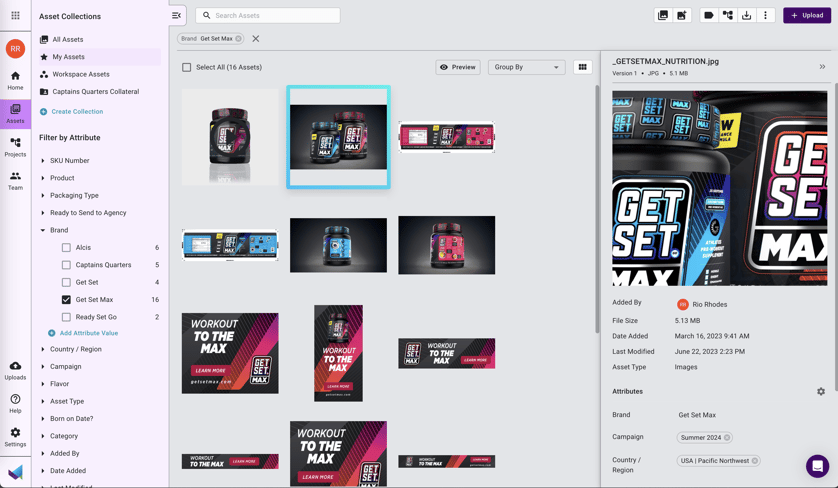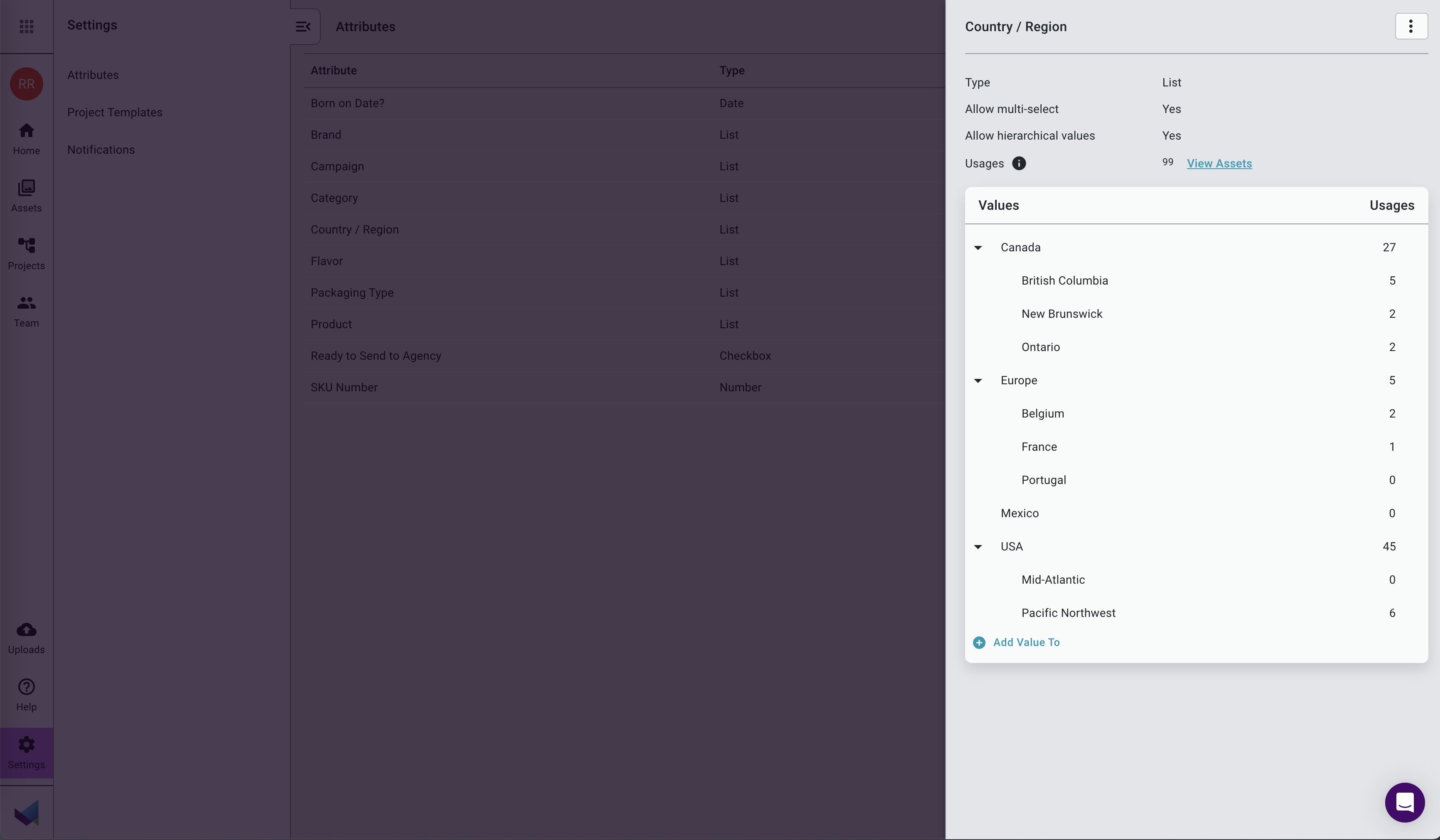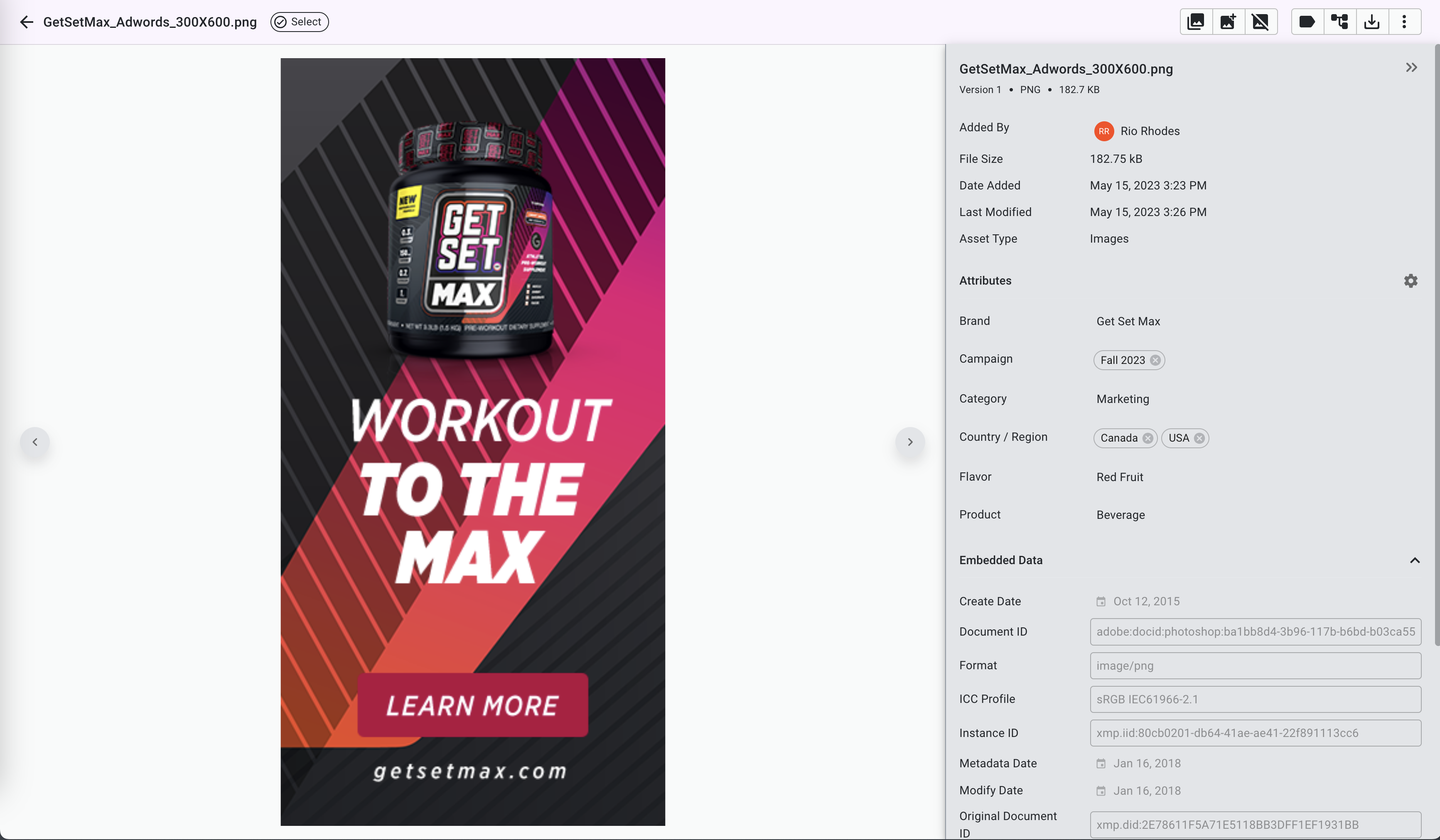Share this
How to Organize Digital Files: 7 Effective Tips
by Mox on June 29, 2023

A streamlined and effective packaging approval process requires easy access to all of your critical files. However, the sea of seemingly endless file versions and random copies can make file organization feel like an impossible task. Luckily, there are tools and methods to help.
Wondering how to organize digital files? In this guide, we cover the tips, tricks, and tools you need to avoid frustration, save time, and get artwork approved faster.
Table of Contents
- Why File Organization Is Critical for Packaging Approval
- How to Organize Digital Files: 7 Tips
- How Mox Can Help You Organize Your Digital Assets
Why File Organization Is Critical for Packaging Approval
Maintaining a well-organized digital file system is critical for efficient packaging approval. Here's why file organization is essential in this process:
- Easy retrieval: An organized file system enables quick and effortless retrieval of assets, streamlining the approval workflow and reducing delays.
- Version control: Effective organization ensures easy tracking of different file versions, preventing confusion and maintaining consistency in packaging materials.
- Collaboration and communication: Proper file organization facilitates seamless collaboration, improving communication and fostering teamwork among team members. This is especially important when you're working with a wide range of stakeholders, both internal and external.
- Compliance and regulatory requirements: Organizing files according to specific regulations ensures easy access to necessary documentation, certifications, and legal disclaimers for compliance purposes.
- Brand consistency: A well-organized file system helps maintain consistency in brand elements across packaging materials, reinforcing brand recognition and enhancing the consumer experience.
- Efficient asset management: Systematic organization of digital assets allows for efficient management, categorization, and reuse of assets for future packaging projects.
By implementing effective file organization practices, you can significantly improve the packaging approval process, ensuring smooth workflows, consistent branding, and compliance with regulatory requirements.
How to Organize Digital Files: 7 Tips
Learning how to organize digital files properly is easy with the right tips. The below steps will help you streamline your workflow, boost productivity, and reduce the stress that's common during packaging approval.
1. Implement a Digital Asset Management Software
Implementing reliable digital asset management (DAM) software is crucial for efficient file organization and packaging approval. By implementing a digital asset management software like Mox, you can optimize file organization and achieve more efficient outcomes.
For example, with Mox, you can easily group and filter assets based on metadata. You can then quickly find the assets you're looking for using the metadata you set. You can also experience easy access to files from anywhere, regardless of the format they're in.
2. Tag Files Appropriately
File tagging is necessary for the efficient organization of digital assets. By categorizing and labeling files with relevant information, tagging ensures easy retrieval and eliminates the confusion of searching through folders or email chains. To get started, you'll need to create a file tagging system that fits the needs of your organization.
With a tagging system like Mox, you can streamline your workflow, enhance collaboration, and maintain consistency across packaging assets. Tagging allows for quick access based on specific criteria, eliminates manual data entry errors, and simplifies administration.
3. Use Clear Naming Conventions Across Files
When it comes to organizing digital files, employing clear and consistent naming conventions is essential. By establishing a standard for naming files, you can enhance searchability and minimize confusion.
Consider identifying key attributes such as category, product, language, country, region, flavor, or size, and define naming conventions for each attribute. For example, decide on capitalization rules or any specific formatting guidelines.
Document these conventions and ensure that everyone managing the files is aware of them.

Consistent naming practices facilitate effective tagging, reduce duplicate files, and eliminate ambiguity, leading to improved file organization.
4. Add File Metadata
File metadata provides context and details about a digital file, including asset type, file size, date added, and more. Adding additional metadata improves organization and searchability by enabling quick identification and categorization based on specific criteria.
With Mox, you can add custom metadata, depending on your business needs, including country/region, category, product, brand, packaging type, and campaign.

Customizing your metadata creates a robust system that enhances the organization, retrieval, and management of digital assets, streamlining workflows and maximizing usability.
5. Use Access Permissions
Using access permissions is key for effective file management. It safeguards against accidental deletion of important files and maintains file integrity and organization.
By granting appropriate access, the risk of unauthorized file duplication is minimized, promoting a streamlined process. Access permissions also contribute to data security and confidentiality, preventing unauthorized access and breaches.
6. Communicate Organization Expectations to Your Team
Efficient collaboration relies on clear communication of file organization requirements. It establishes consistency, promotes seamless teamwork, improves efficiency, and fosters accountability.
Scalability is also facilitated when new members quickly adapt to established practices. To maximize benefits, provide comprehensive file organization guidelines, training, and regular reminders to all key stakeholders.
7. Audit File Organization Processes Periodically
Regularly auditing file organization processes is crucial for compliance and efficient digital asset management. It maintains consistency, accuracy, and optimization while mitigating risks.
At least quarterly, take a look at your file organization processes, including file naming, tagging, and access permissions to ensure guidelines are being followed.
Auditing ensures regulatory compliance, improves searchability, and addresses potential issues promptly. By conducting periodic audits, you create a streamlined and secure file management environment.
How Mox Can Help You Organize Your Digital Assets
Mox is a powerful software solution that can greatly assist you in organizing your digital assets. Here's how Mox's features and benefits can transform your file management process.
Customize Project Attributes
With Mox, you can streamline the classification and storage of approved assets. This enables easy searching and retrieval, saving you time and effort.
You can customize attributes based on your specific needs, such as category, product, language, or region, ensuring that your assets are accurately labeled and organized.
Packaging Artwork Management
Mox specializes in packaging artwork management, offering a comprehensive suite of tools to streamline your packaging approval process.
Mox is a 3-in-1 software that includes project management/workflow, digital online proofing, and digital asset management. From managing versions and annotations to tracking approval status, Mox provides end-to-end support for efficient artwork management.
Artwork Approval
Mox simplifies the artwork approval process by providing a centralized platform where stakeholders can review, comment, and approve artwork files. Collaborative features and automated notifications ensure smooth communication and faster approval cycles.
Files approved with the Mox Review tool can be transferred to the Mox DAM for safekeeping. When you transfer, any custom attributes from the project are automatically tagged.
Mox stands out as a leading choice for digital asset management due to its user-friendly interface, robust functionality, and ability to adapt to your organization's unique requirements. It empowers you to take control of your digital assets, improve collaboration, and enhance overall efficiency.
Get Organized Today With Mox
Get your digital assets organized today with Mox. With features like robust file tagging, customizable workflows, and access permissions, Mox simplifies the artwork approval process and enhances asset management.
Take control of your digital asset organization and unlock the benefits of efficient file management. Ready to try Mox for yourself? Sign-up for a free trial today!

